Anyone who posts to Facebook can edit what they’ve posted. You simply go to the post and click the 3-dots button in the corner, and then select Edit Post. It’s a pretty handy tool, but it’s also being abused in what we can call The Facebook Edited-Post Scam.
Innocent Beginning
The scams starts with some harmless-looking posts, usually appearing in Facebook groups. Here are some examples:


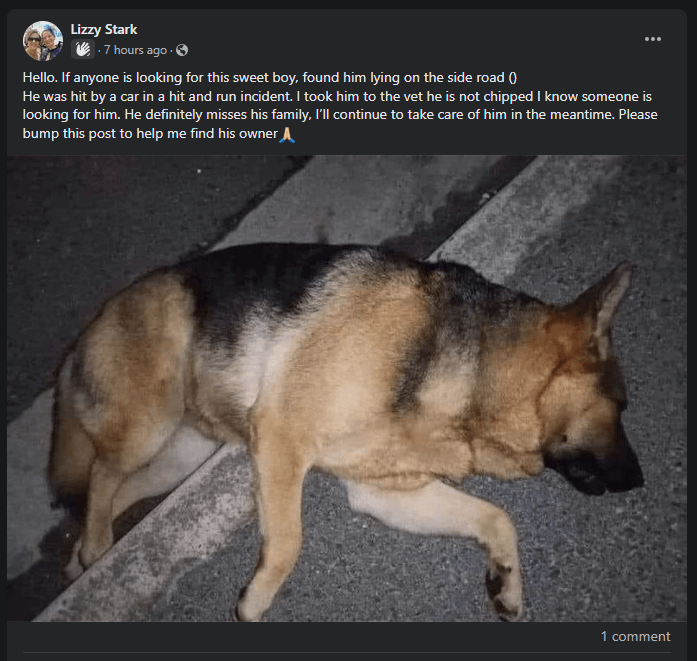

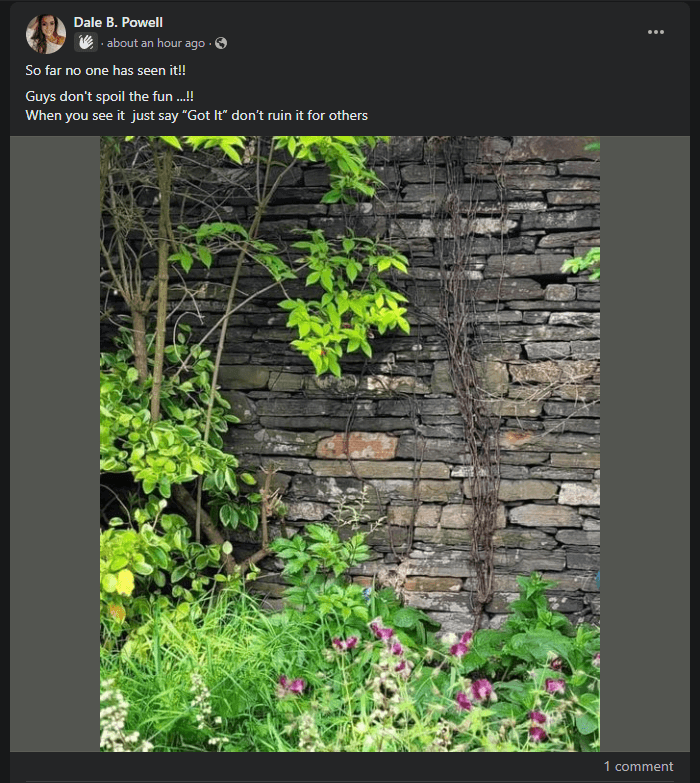
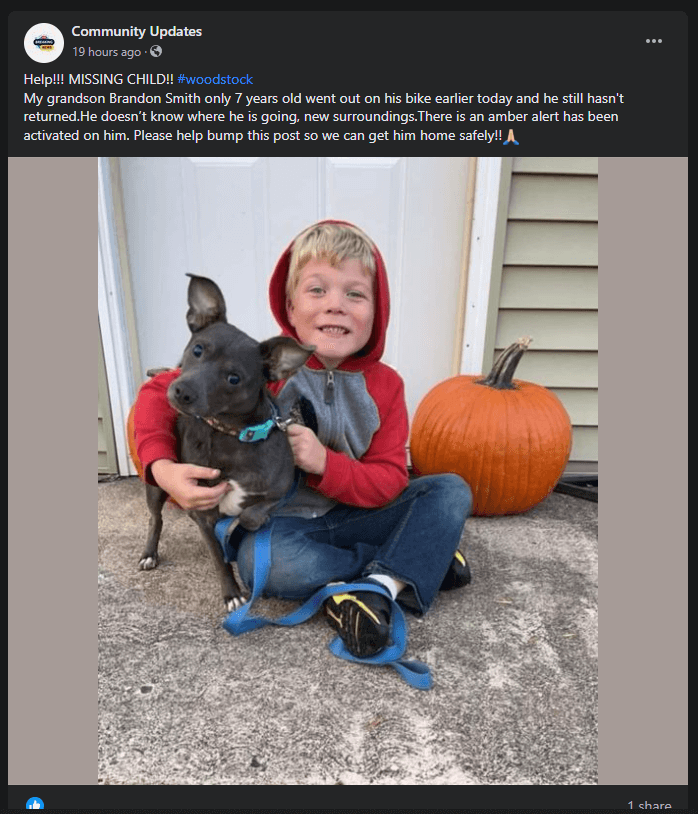
These posts don’t seem to ask for much, so they aren’t likely to trigger your spidey-sense for scams. Sometimes they ask that you care & share, others just encourage you to comment with “Got It!” And many people do what is asked, and then move on.
The Switcheroo
But some time later, the scam develops. After the post has been spread through multiple Shares, and/or after many people have commented “Got it” underneath, the scammer makes a big change. Using the Edit Post function, the bad guy deletes the photo of the hurt dog or missing kid, and inserts something altogether different. They also delete the original text and enter in new verbiage:
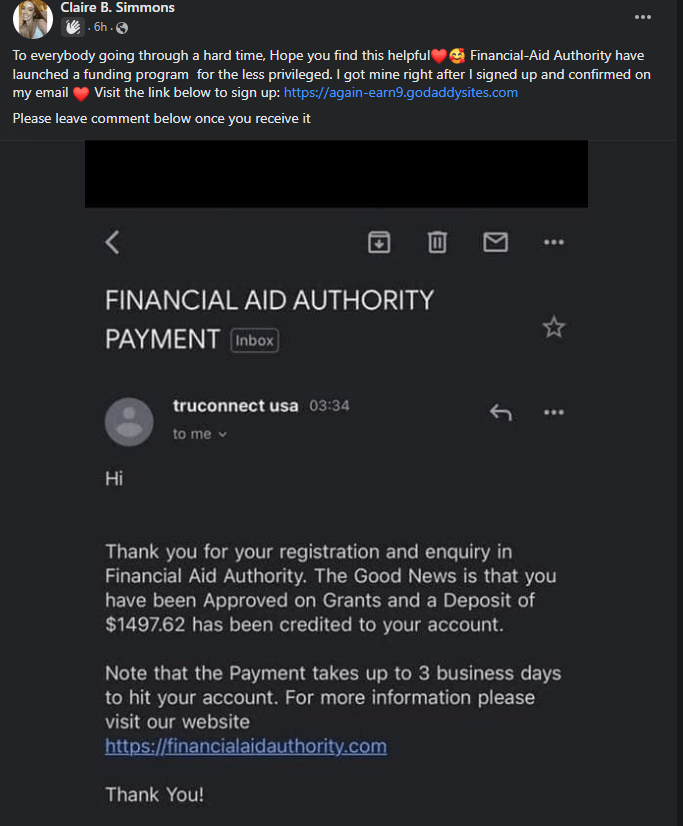


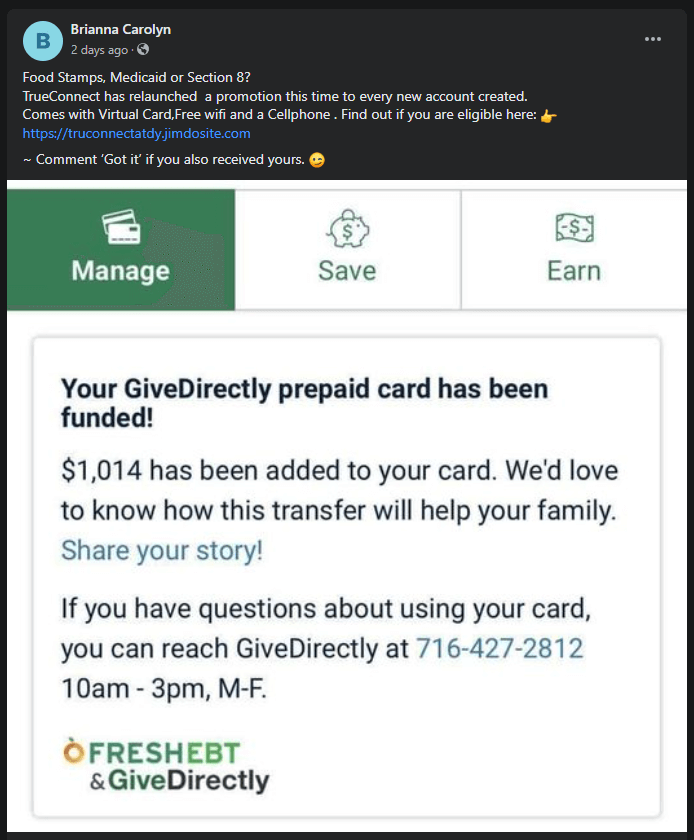


The benefit (to the scammers) here is that the post retains all of its comments and Shares. That lost puppy post has metamorphosed into a money-lure scam, that has been shared to many other groups and still has many positive comments underneath it. It can really look convincing!
But please know that all of these things are scams. If you interact with the posting account, they will strive to steal money from you. Please don’t play their game. Report them and their posts to Facebook and the group admin or moderator.
How to Defend Against These Scams
One good thing is that you can check for the switcheroo-edit. Remember the 3-dots button in the corner of each post? Click that and select Edit History. That reveals any and all changes that have been made to the post. It becomes very obvious, if you know to use this tool.


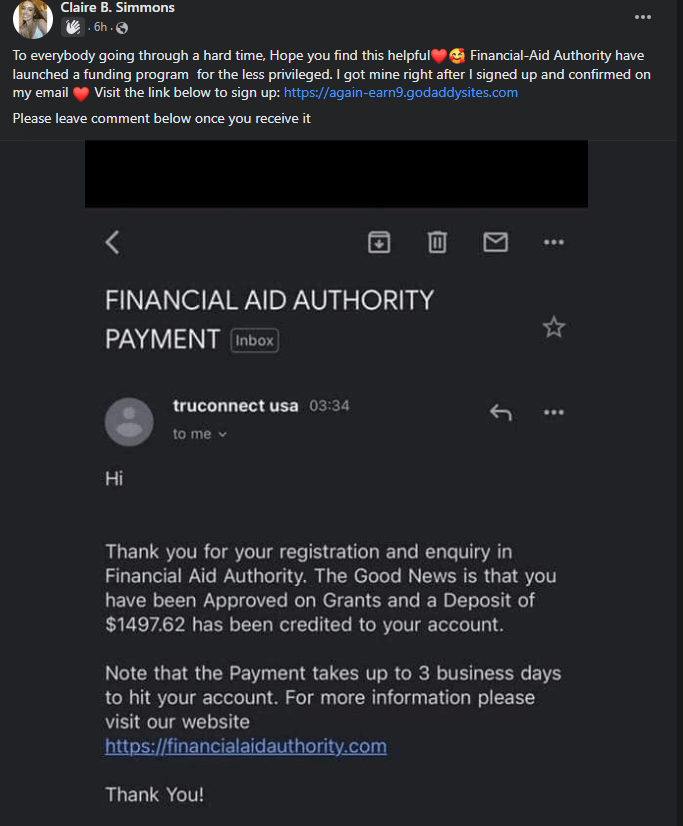
That 3-dots button also holds your reporting functions. You can first report the post to Facebook, but don’t expect much of a response. Their bots usually get back to me to state that they saw nothing wrong with the post. What’s most important is that you report the post to the people in charge of the Facebook Group. Those mods and admins are usually good people who care about the group, and will yank the post once they get your report.
If you are in a group where the moderators do NOT fulfill their duties, leave the group. You will know when this is the case, because the group will appear to be overrun with scammy posts! Sure, you can report the group to Facebook, but they will not respond. Your best bet is to save yourself and not be a part of that chaos.
If you’ve accidentally Liked, Shared or Commented on a Facebook Edited-Post Scam, try to undo that action. You can always unLike a post and delete a comment or Share. Having trouble finding what you’ve been doing on Facebook? Use the Activity Log to locate your Likes, Comments and more. And if you see that a friend has interacted with a scammy post, reach out to them to let them know. Encourage them to undo their actions, so that they’re not contributing to the spread or success of the scam.
Last thing: When someone tells you to what to share or type on Facebook, be suspicious. Share and comment what you want to, not when a stranger pushes you to.

Leave a Reply